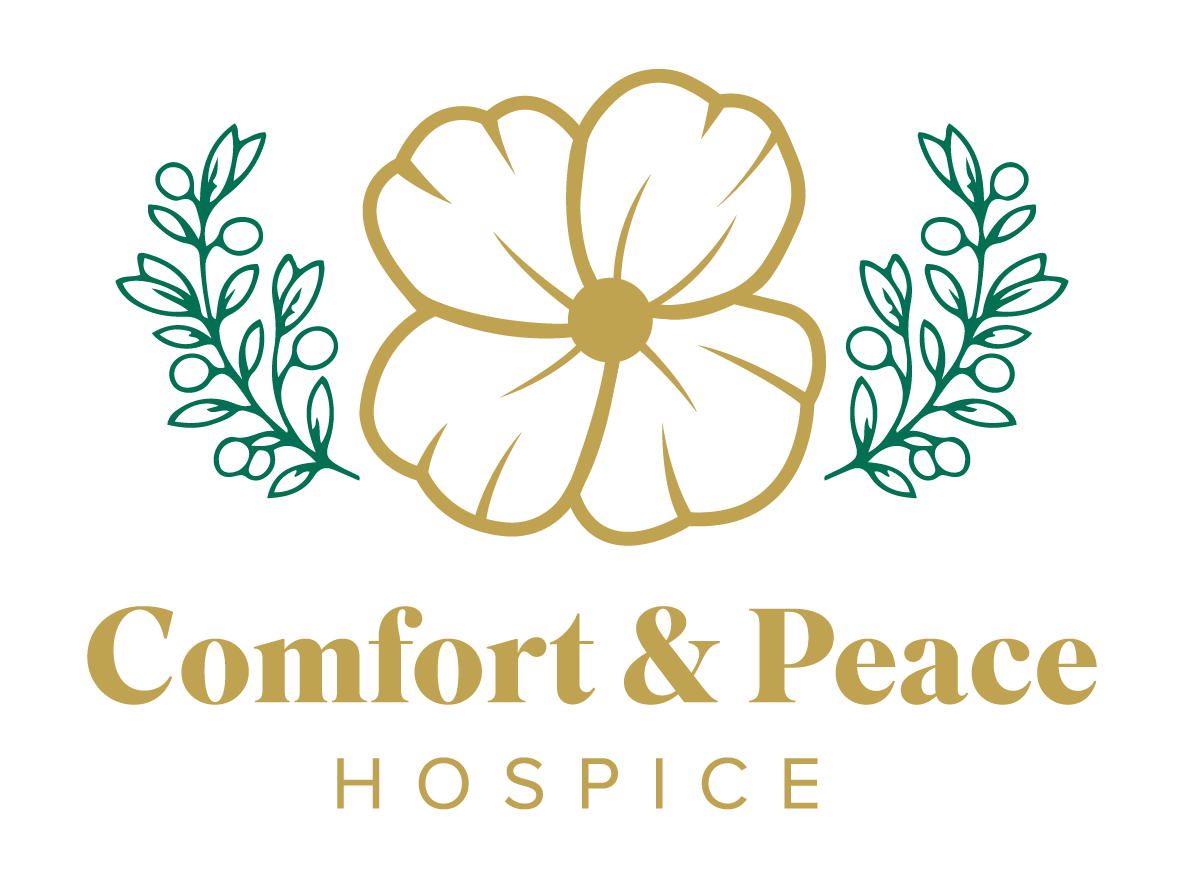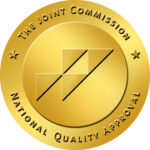Highlights
- The FAST Scale (Functional Assessment Staging Tool) tracks the progression of dementia, especially Alzheimer’s, based on functional abilities rather than memory alone.
- It includes 7 stages, from no impairment to severe dementia with complete dependence, helping caregivers understand what to expect.
- Stage 7c or later may indicate eligibility for hospice care, especially when combined with other health issues.
- The scale is a valuable tool for care planning, guiding families and professionals in delivering the right level of support.
What Is the FAST Scale?
The Functional Assessment Staging Tool (FAST) is a specialized scale used to measure the progression of Alzheimer’s disease and other dementias. Created by Dr. Barry Reisberg, this tool tracks functional decline, spotlighting how dementia affects daily life. It’s not just a clinical resource—it’s a guiding framework for caregivers and medical teams alike.
Why It Matters
- Clarity in progression: FAST organizes the stages of dementia in a clear, structured format, making it easier to understand what’s happening.
- Empowering caregivers: By pinpointing the stage, families and caregivers can anticipate needs, craft routines, and provide patient-centered care.
- Hospice eligibility: The FAST scale plays a key role in determining hospice care eligibility for patients in advanced dementia stages, ensuring timely access to comfort-focused support.
This invaluable tool bridges the gap between medical understanding and compassionate care, giving patients and their loved ones the insight they need to traverse the end-of-life journey with dignity.
The 7 Stages of the FAST Scale
At Comfort & Peace Hospice, we know that the journey through dementia can be overwhelming—for both patients and their loved ones. The Functional Assessment Staging Tool (FAST) helps us navigate this path with compassion and clarity. It outlines the progression of Alzheimer’s and related dementias, from early forgetfulness to complete dependence.
Each stage tells a story. Here’s what that story may look like, step by step.
Stage 1: No Difficulty
No cognitive or functional decline.
At this point, everything seems normal. There’s no noticeable memory loss or confusion—just everyday life as usual.
Stage 2: Subjective Forgetfulness
Mild, age-related forgetfulness begins.
You might misplace keys, forget a familiar name, or walk into a room and pause—wondering why you came. It’s subtle, and often dismissed as part of getting older.
Stage 3: Early Confusional
Now the changes become more apparent.
Tasks like managing bills or planning travel start to feel overwhelming. You may notice a loved one repeating stories or struggling to stay organized. These signs often prompt the first serious conversations about memory loss.
Stage 4: Mild Dementia
Daily independence becomes challenging.
Here, individuals need help with instrumental activities of daily living (IADLs)—things like cooking, grocery shopping, or remembering to take medications. Emotions may run high, as both dignity and autonomy feel increasingly threatened.
Stage 5: Moderate Dementia
Support is needed for basic choices.
Choosing the right outfit or dressing for the weather can become confusing. You might find socks in the freezer or summer clothes layered in winter. The world begins to feel a little more foreign.
Stage 6: Moderately Severe Dementia
Now, dependence deepens.
This stage has five sub-levels (6a to 6e), tracking loss of function in key areas:
- 6a: Dressing – Help needed to pick and put on clothes
- 6b: Bathing – Assistance with washing and grooming
- 6c: Toileting – Accidents may occur, or reminders are needed
- 6d: Incontinence – Loss of control becomes more frequent
- 6e: Speech Difficulty – Words may fade, replaced by silence or sounds
Loved ones might feel like they’re losing pieces of the person they once knew. It’s a time for deep empathy and presence.
Stage 7: Severe Dementia
This is the final phase, marked by total dependency.
The ability to speak, move, or smile fades. Sub-stages 7a to 7f map the gradual loss of basic functions:
- 7a: Speech loss
- 7b: Loss of ability to walk
- 7c: Inability to sit up independently
- 7d: Loss of smile
- 7e: Unable to hold head up
- 7f: Total immobility and unresponsiveness
At this stage, hospice care becomes not only helpful—it becomes essential. We offer gentle, dignified support, ensuring that comfort and peace remain until the very end.
At Comfort & Peace Hospice, we’re here for every stage.
Whether you’re caring for someone in Stage 3 or standing by them in Stage 7, we walk alongside you—with heart, understanding, and the deepest respect.
Need guidance or support? Reach out to our team today. We’re here to help you navigate this journey with compassion.
📍 Serving families in San Diego and nearby areas.
Using the FAST Scale: A Step-by-Step Guide
Step 1: Observe Patient Behavior
Begin by closely monitoring the patient’s daily activities. Watch for shifts in their ability to function independently—can they still manage basic tasks? Take note of changes in communication, memory, or physical independence. This step is about paying attention and being present for the small but important details.
Step 2: Match Observations to FAST Stages
Compare observed behaviors to the defined stages in the FAST Scale. Is the patient experiencing difficulty with tasks like dressing or remembering familiar names? Linking these changes to specific stages doesn’t just guide care—it ensures an accurate, respectful understanding of their needs. Always document your findings with clarity and compassion.
Step 3: Reassess Over Time
Patients’ needs evolve, sometimes subtly, sometimes rapidly. Set reminders to reevaluate every 30–60 days or sooner if notable changes emerge. Regular reassessment ensures that care plans remain aligned with where the patient truly is in their journey.
Step 4: Communicate with Care Team
Proper care takes a team. Share your findings with hospice staff, medical professionals, and family members. Regular, open communication ensures everyone is on the same page, fostering a cohesive and supportive care environment.
Understanding and applying the FAST Scale helps ensure patients receive personalized, empathetic care, honoring their dignity every step of the way.
Tips for Families and Caregivers
Providing Gentle Support
Caring for a loved one during the end-of-life journey can feel overwhelming, but small, thoughtful gestures make a difference. Offer calm, respectful assistance with daily routines like eating or bathing—gentleness matters. Use the power of touch to convey reassurance, or try soothing activities like music therapy to help ease distress. Sometimes, just being present is the greatest comfort you can give.
Staying Informed
Knowledge empowers families to face this challenging time with greater confidence. Take time to learn about the stages of hospice care; it can help reduce fear and build clarity. Keeping a care journal is a practical way to track changes and share updates with the care team. The better informed you are, the more prepared you’ll feel to handle what comes next.
Accessing Help
You don’t have to shoulder this responsibility alone. Connect with hospice professionals early to discuss care options—they can guide you through each step, offering support tailored to your loved one’s needs. And never forget, support exists around the clock. Reach out and lean on others. This is a team effort, and help is always just a call away.
Every moment in this time is precious. Approach it with love, patience, and the understanding that everyone’s journey is unique.
Key Takeaways
- The FAST Scale is a reliable tool for tracking dementia’s functional stages, particularly in Alzheimer’s patients.
- It enables clear communication and care planning between families, caregivers, and medical teams.
- Reaching Stage 7c or higher may indicate eligibility for hospice services.
- Using the scale promotes dignified, individualized care in alignment with Comfort & Peace Hospice’s compassionate mission.
- Caregivers should feel empowered, not overwhelmed, by the scale—it is a guide, not a judgment.
Frequently Asked Questions
1. What is the FAST scale and who created it?
The FAST (Functional Assessment Staging Tool) scale is a clinical tool developed by Dr. Barry Reisberg to measure the functional decline in individuals with Alzheimer’s disease. It focuses on how well a person can perform daily tasks and is often used by healthcare providers and hospice teams.
2. How is the FAST scale used in hospice care?
Hospice professionals use the FAST scale to determine a patient’s eligibility for end-of-life care, particularly when a person reaches Stage 7c or beyond. It helps guide decisions about comfort-focused care and ensures that support is provided at the right time.
3. What are the main stages of the FAST scale?
The scale includes 7 main stages, ranging from no impairment (Stage 1) to severe dementia and total dependence (Stage 7). Sub-stages offer a more detailed picture of a patient’s functional abilities, such as walking, speaking, or toileting.
4. Is the FAST scale only used for Alzheimer’s disease?
While the FAST scale was developed for Alzheimer’s, it can also be useful in assessing the functional decline in other types of dementia. However, its accuracy may vary depending on the specific condition.
5. How often should the FAST scale be used to assess a patient?
There’s no fixed rule, but it’s typically recommended to re-evaluate the patient every 30 to 60 days, or any time there’s a noticeable change in behavior or ability. This ensures that care plans remain appropriate and responsive.
6. Can families use the FAST scale at home?
Yes, with proper guidance. While it’s primarily a clinical tool, families can use simplified versions of the scale to better understand their loved one’s condition and communicate more effectively with care providers.
7. What should I do if my loved one reaches Stage 7 on the FAST scale?
Reaching Stage 7 often indicates the need for full-time support and comfort care. It’s a good time to speak with a hospice provider about creating a personalized care plan that prioritizes quality of life, dignity, and peace.



